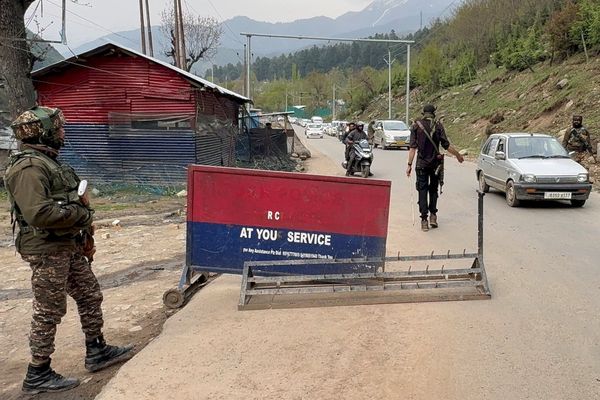
Currently, the South Pacific is witnessing an unusual event with three tropical cyclones spinning simultaneously. These cyclones, named Rae, Seru, and Alfred, are active during the peak of the cyclone season, which spans from November to April.
While these storms are referred to as cyclones in the Southwest Pacific, they are known as hurricanes in the North Atlantic, despite being essentially the same meteorological phenomenon. According to atmospheric science experts, having three tropical cyclones concurrently is a rare occurrence, although not unprecedented.
The last instance of three simultaneous cyclones in the South Pacific was observed in January 2021 with the storms Lucas, Ana, and Bina. However, there is uncertainty regarding whether Bina officially reached Category 1 status.
Current Locations and Potential Impact
Rae formed north of Fiji on Friday, causing damaging winds and heavy rainfall that affected fruit trees in the region. Alfred, which developed in the Coral Sea on Monday, is forecasted to bring flooding rains to the northeastern Australian state of Queensland over the upcoming weekend. Seru, having intensified into a cyclone on Tuesday, is expected to track near Vanuatu but is projected to remain offshore.
Possible Causes of Simultaneous Cyclones
Experts suggest that the occurrence of three cyclones at the same time may be attributed to the high activity typical during this period. Climate scientists have noted the presence of a Madden–Julian Oscillation, a phenomenon characterized by atmospheric fluctuations leading to increased rainfall and rising air. This oscillation appears to be traversing the southwest Pacific, potentially amplifying cyclone activity in the region.
While scientists acknowledge the unpredictable nature of the atmosphere, they emphasize the need to consider various factors that could contribute to the simultaneous formation of these cyclones.
As the situation unfolds, meteorologists and researchers continue to monitor the progress of these tropical cyclones and assess their potential impacts on the affected regions.







